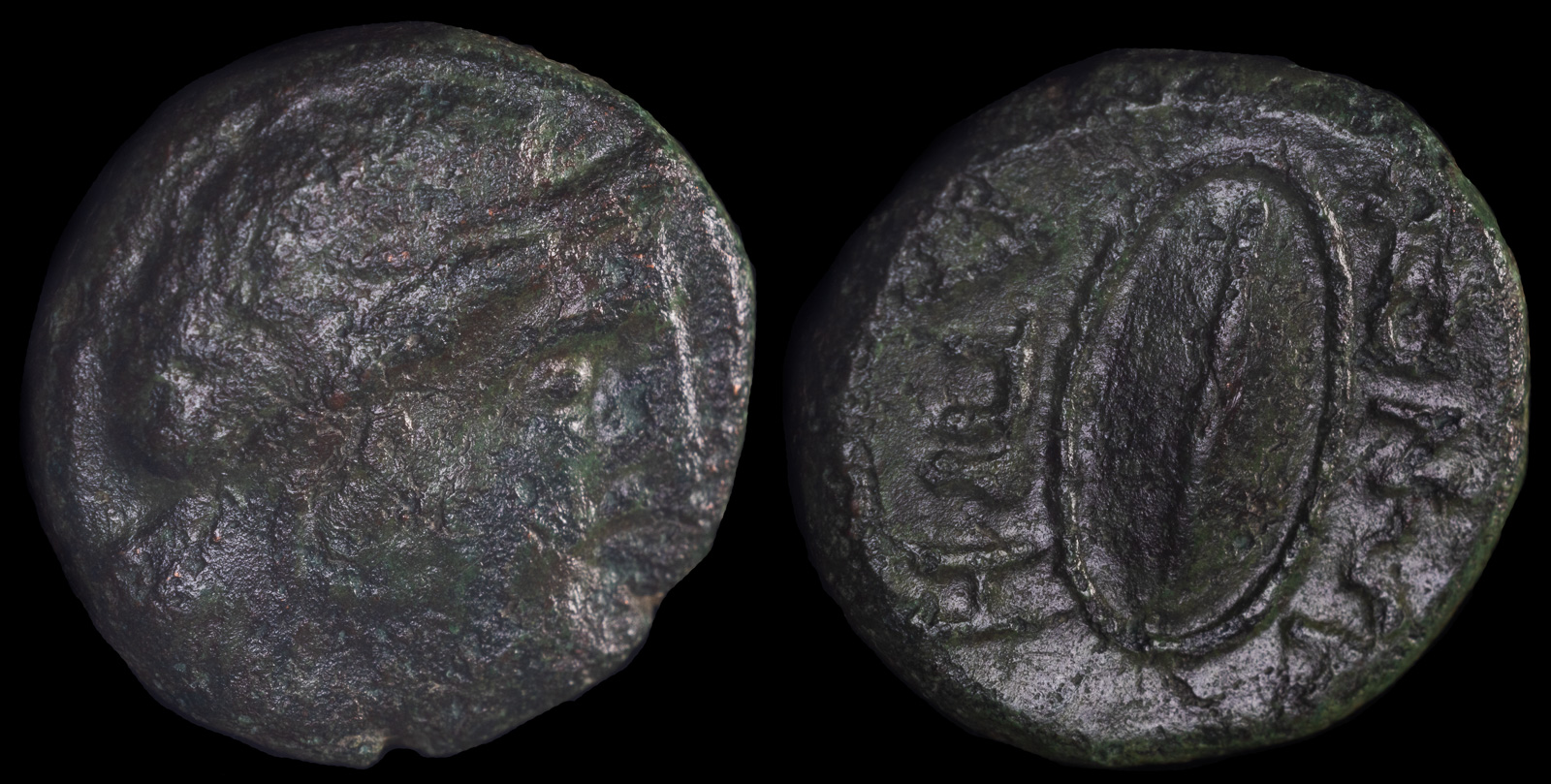Kithara
View All Tags
The kithara was a larger, more sophisticated instrument compared to the lyre. It had a wooden soundbox, often elaborately decorated, with arms that extended upward to hold the crossbar from which the strings were stretched. The kithara was designed to produce a powerful and resonant sound, suitable for public performances and formal occasions. It typically featured seven or more strings, which were plucked or strummed with a plectrum.
In contrast, the lyre was a smaller and simpler instrument, usually constructed with a tortoiseshell body (known as a chelys lyra), wooden arms, and fewer strings. Its portability and lighter sound made it ideal for private use, education, and informal gatherings. The lyre was also more accessible and commonly associated with amateurs or students learning music.
The kithara was often associated with professional musicians, known as kitharodes, and it played a central role in public performances, such as festivals, competitions, and religious ceremonies. Its robust sound made it suitable for accompanying choruses, recitations of epic poetry, and theatrical productions. The kithara was also considered a symbol of artistic skill and professional musicianship.
The lyre, on the other hand, was closely tied to education and domestic settings. It was used to teach music to young men as part of their general education, reflecting its role in shaping moral and intellectual character. The lyre was also a favored instrument for personal enjoyment and casual entertainment, making it a more intimate and approachable symbol of Greek culture.
The kithara was strongly associated with Apollo, the god of music, prophecy, and the arts, who was often depicted playing it. Its connection to divine and formal music elevated its status as an instrument of refinement and high culture. The lyre, while also linked to Apollo, had an additional connection to Hermes, who, according to myth, invented the instrument and gifted it to Apollo as an offering of reconciliation. This dual association imbued the lyre with both divine and pastoral significance.
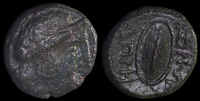
Apros, Thrace 260-250 BCE
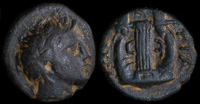
Bottiaia, Macedon 385-350 BCE
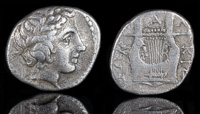
Chalkidian League 432-348 BCE
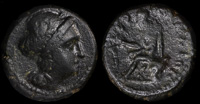
Eleuthernai, Crete 3rd century BCE
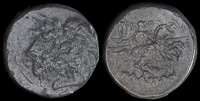
Ionia, Kolophon ca 330-285 BCE
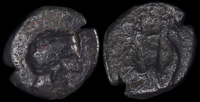
Kersini, Sicily 344-339 BCE
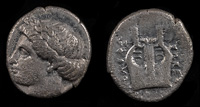
Kolophon, Ionia 375-360 BCE
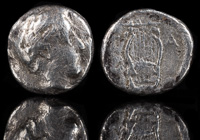
Pagasai, Thessaly 4th cent BCE
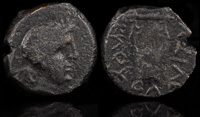
Skilouros 130-114 BCE
